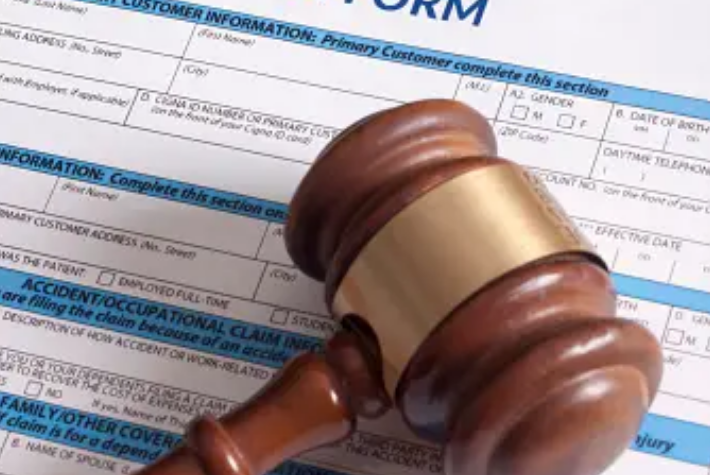Avoid Expensive Eviction Mistakes: The Importance of Properly Naming Ownership in Unlawful Detainer Actions
As a California-based lawyer specializing in landlord-tenant law, I often encounter cases where landlords are eager to initiate unlawful detainer actions to reclaim their properties. However, one crucial step that is sometimes overlooked is the proper naming of ownership. Ensuring that you have the correct legal authority to bring an action is essential to avoid unnecessary delays and potential legal issues.
Unlawful Detainer Actions: The Basics
An unlawful detainer action is a lawsuit filed by a landlord to regain possession of a property from a tenant who has violated the terms of the lease. This could be due to non-payment of rent, breach of lease terms, or holding over after the lease has expired. To successfully bring such an action, it’s vital that the lawsuit is filed in the name of the rightful owner or an authorized representative.
Properly Naming the Ownership
- Name the Owner or Authorized Party: Unlawful detainer actions must be brought in the name of the property owner or a person or entity lawfully authorized to act on behalf of the owner. This means that if you are the property owner, you should ensure that your name is correctly listed on all legal documents.
- Written Authorization: If someone other than the owner is bringing the suit, such as a property manager or agent, they must have written authorization from the owner to do so. This written authorization should be clear and unequivocal, granting the representative the authority to file the lawsuit on the owner’s behalf.
- Trust Ownership: One common mistake is attempting to bring an action in the name of a trust. Legally, a trust cannot own property; only a trustee can hold title. Therefore, if your property is held in a trust, the action must be brought in the name of the trustee.
Correcting Vesting Document Errors
Errors in vesting documents, such as incorrect names or titles, should be rectified before initiating any legal action. These errors can lead to delays and complications in the court process. Here are the steps to take:
- Review Vesting Documents: Carefully review all documents related to the property’s title to ensure that the ownership is correctly recorded. This includes deeds, trust documents, and any other relevant legal paperwork.
- Rectify Errors: If there are errors, such as a misspelled name or incorrect designation, take immediate steps to correct them. This might involve filing corrective deeds or other legal documents with the appropriate authorities.
- Consult with a Legal Professional: If you are unsure about the status of your vesting documents or how to correct them, it’s wise to consult with a legal professional. An experienced lawyer can guide you through the process and ensure that your documents are in order.
Conclusion
Properly naming ownership and ensuring all vesting documents are accurate is a critical step in the process of bringing an unlawful detainer action. By taking the time to verify and correct these details, you can avoid unnecessary legal complications and streamline the eviction process.
As a California-based lawyer for landlords, I am here to assist you with these and other legal matters. If you need help reviewing your vesting documents, obtaining written authorization, or initiating an unlawful detainer action, please do not hesitate to contact my office. Together, we can ensure that your legal actions are properly grounded and effective.
For more information or to schedule a consultation, please contact my office at needcounsel@gmail.com or call us through (925) 775-1698. Let’s work together to protect your property rights and ensure a smooth legal process.
